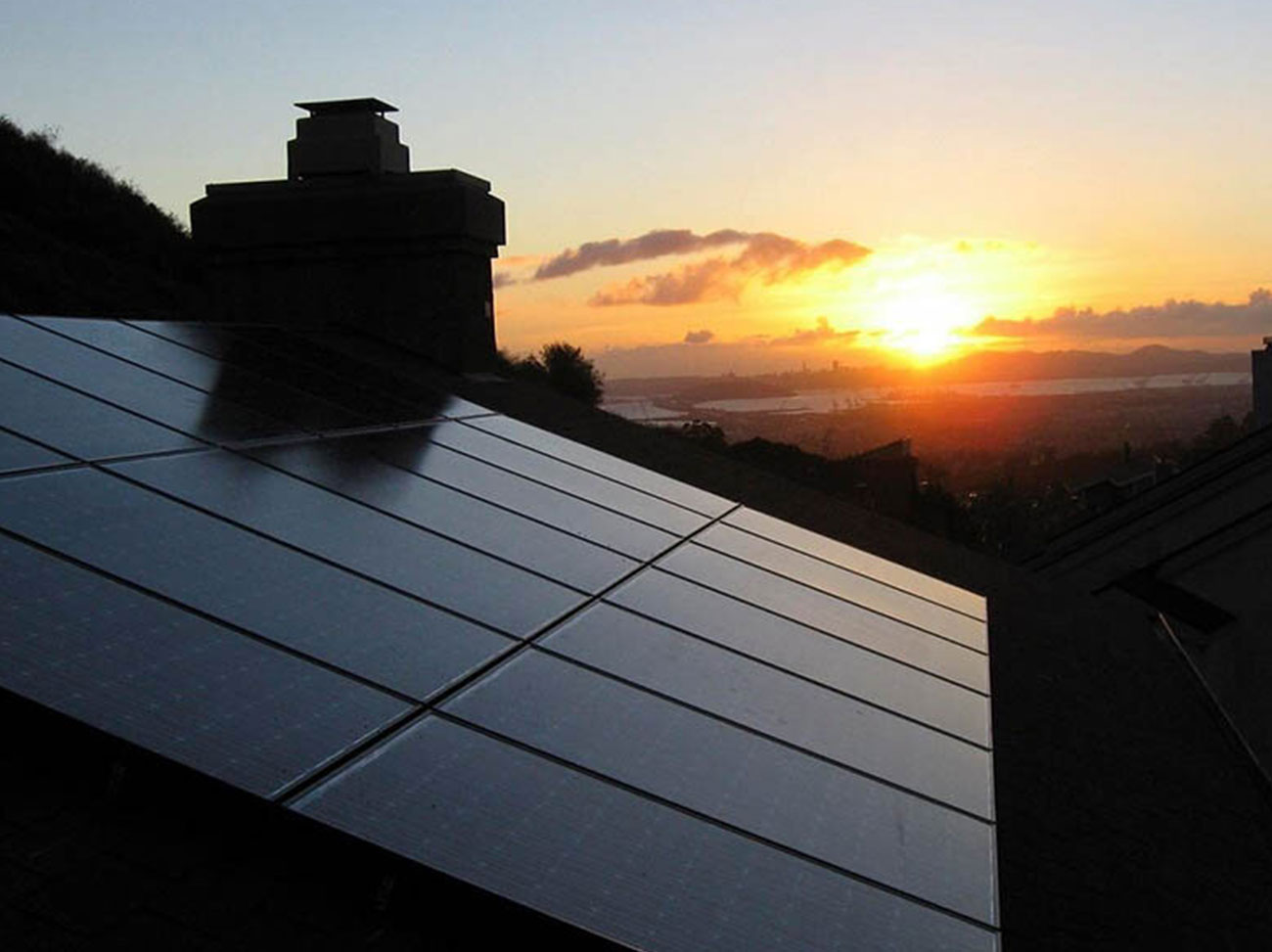It’s incredible how many homeowners have embraced the idea of buying solar panels for their homes, especially in the past decade. Most have been motivated by the need to reduce their carbon footprint, increase their homes’ resale value, and cut their utility bills.
The other key reason most residents have decided to go solar is that utility companies provide financial benefits to anyone who produces more power than they consume, thanks to the net metering program, NEM 2.0. But that’s bound to take a turn for the worse when the NEM 3.0 proposal by the California Public Utilities Commission (CPUC) takes effect. Curious to discover more? Perfect! In this section:
-
What is NEM 3.0?
-
NEM 3.0 Timeline
-
What you should do now
-
How to take action
What is NEM 3.0?
NEM stands for net metering or net energy metering, a solar incentive program allowing consumers to store energy in the electric grid. In other words, when a consumer’s rooftop solar panel produces more power than consumed, they can sell the surplus to the utility company and receive credits on their monthly bills.
NEM 3.0 is an iteration implemented by the CPUC that contains policies dictating how utility companies credit solar energy consumers for any utilities sent back to the grid. It’s set to be the latest net metering policy, coming after the previous versions of NEM 1.0 and NEM 2.0.
Though it’s still a proposal, NEM 3.0 poses a significant financial threat to consumers, as it proposes to slash the economic value of going solar by 50-75%. That means homeowners will receive less credit, forcing them to purchase additional energy from utility companies.
NEM 3.0 Timeline
NEM 2.0 will expire soon, paving the way for NEM 3.0, which may take effect as early as January 2022. But what are the events leading to the new policy’s impending implementation? Here’s a quick timeline breakdown:
-
January 2021; CPUC completes studying the effects of net metering on the consumers and the grid.
-
February 2021; CPUC finalizes the Guiding Principles of the NEM 3.0 tariff.
-
March 2021; CPUC opens proceedings for proposal inputs from interested parties.
-
April to August 2021; CPUC spearheads testimonies and hearings for NEM 3.0 proceedings before the final decision.
-
November 2021; the commissioners issue the final decision after thorough discussions and considerations.
-
2nd Quarter of 2022; utility companies are expected to implement NEM 3.0 within six months after the final decision.
What You Should Do Now
As it stands, consumers get the best net metering financial benefits under NEM 2.0. But unfortunately, that will likely go away with the implementation of NEM 3.0. So how should you prepare now? Here are two actionable tips:
Go Solar Now, If You Haven’t
According to speculations from expert sources, CPUC is likely to grandfather older systems and uphold original agreements. That means by going solar now, you’ll most likely lock in the NEM 2.0 benefits for the next two decades.Buy a Backup Storage System
The best way to gain independence from utility companies is by adding a battery backup storage solution. The idea is simple; instead of sending excess electricity to your utility company (only to be credited less for it), you can store it internally and use it at your convenience.
How to Take Action
Though the final decision and implementation of NEM 3.0 are only a few months away, there are particular actions you can take to support and uphold the dignity of the solar industry. So you want to advocate for fair net metering policies by:
-
Signing petitions
-
Holding legislators accountable
-
Researching and enlightening others about the Solar Rights Alliance
If you’re interested in going solar, please be sure to contact our energy experts for more details about the best solar panels. We’ll also be more than happy to answer any questions about NEM 3.0.






